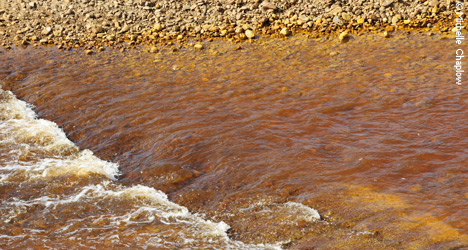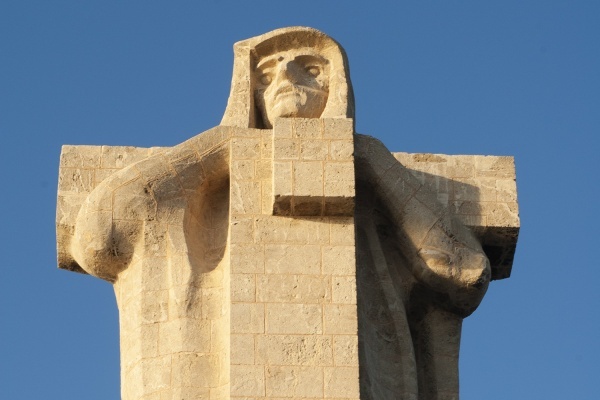
(Top left to right) Muelle de Rio Tinto, Monument to Discoverer Faith, (middle left to right) Nuestra Señora de la Soledad Cemetery, Barrio de Reina Victoria, (lower left to right) Muelle de las Carabelas, Monument to Discoverer Faith. |
|
Huelva City - Six Fascinating Facts
Huelva province has always been known more for the beaches in the surrounding area, than for the Huelva city itself. Known by the Phoenicians as Onuba, it has a long history, closely linked to the sea and nearby mineral riches, and apart from the less attractive industrial port area, has some interesting sights, although many monuments were destroyed in the 1755 Lisbon earthquake. The city is closely associated with Columbus, who sailed to the Americas from nearby, and you can visit his favourite virgin in her chapel. In the nineteenth century, British mining companies brought an era of great wealth to the city. Today Huelva's main industry is petrochemicals, with fishing its second source of income.

The rich mineral wealth of Huelva.




